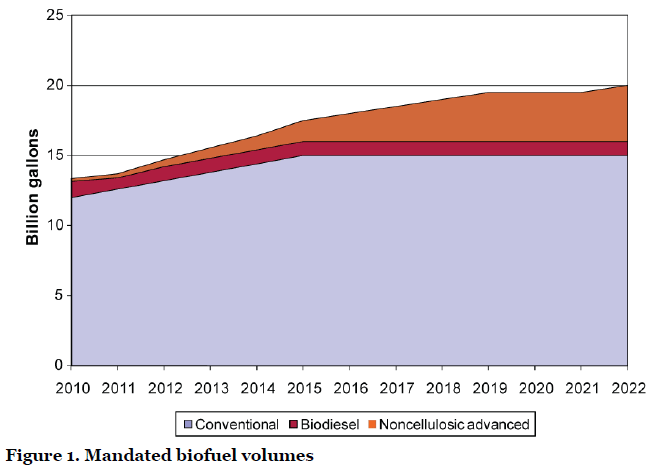How to Tell If the Market is Worth the Price US News
Post on: 7 Август, 2015 No Comment

Valuation is less simple than meets the eye.
You wouldn’t buy into anything without considering whether it’s fairly priced, the stock market included. But how do you know if $16 trillion, the current market value for all U.S.-listed stocks, is a fair number?
Folks who say there’s no single best metric for assessing fair-market value have Warren Buffett to answer to. Buffett, in two speeches later distilled into a 2001 Forbes essay, famously said that the most reliable indicator of the market’s fair value is simply total market capitalization as a percentage of GNP. Indeed, Buffett predicted in the first of those speeches, in late 1999, that with the percentage at upwards of 180 percent, stocks were due for a correction. We all know what happened next.
By the time the dotcom bust bottomed out, the market cap-to-GNP ratio had fallen to around 90 percent. That’s not too far from the historical average, which, depending on who’s counting, is somewhere between 60 percent and 80 percent. If the percentage relationship falls to the 70 percent or 80 percent area, buying stocks is likely to work very well for you, Buffett wrote. If the ratio approaches 200%—as it did in 1999 and a part of 2000—you are playing with fire.
One hesitates to quibble with the Oracle of Omaha, but it’s worth noting that there are other measures of fair value out there. The most commonly cited is the market-wide price-earnings ratio—the price of stocks divided by their collective earnings during some period. PE ratios get tricky, though, because there are many ways of measuring earnings—backward-looking or forward-looking, just for starters.
A standard method is to use trailing 12-months’ earnings (TTM), but in periods of market extremis this can produce a PE that says nothing about fair value. The S&P’s TTM average since the 1870s is about 15, but it has exceeded 100 during at least two spasms of End Times panic (1932 and 2009, when earnings plunged faster than prices) and during the dotcom bacchanalia, when it approached 130.
That’s why some prefer to measure trailing earnings over several years, not just 12 months. A common method associated with Yale finance professor Robert Shiller uses trailing 10-year earnings, adjusted for inflation. The CAPE (Cyclically Adjusted Price Earnings) ratio produces a less volatile number over time, one that tracks the S&P more accurately than the TTM method. Since 1871, it averages 16.4, according to Doug Short, vice-president of research for market-data firm Advisor Perspectives and curator of an affiliated web site (dshort.com) that is a cornucopia of historical market data.
Today, says Short, all three valuation methods suggest an S&P that’s overvalued, though not severely. The Buffett measure is right around 100 percent, the TTM reading around 15, and the CAPE metric around 21.
But I would hasten to add that in a low-inflation environment, valuations tend to run higher, says Short. We can more comfortably support them.
For the record, there are other measures of market value. The Q Ratio, devised by Nobel laureate James Tobin, divides the total price of the market by the replacement cost of the assets for all its companies. As calculated by Short using Federal Reserve data, it has averaged 0.71 since 1900, ranging from 0.30 during severe bear markets to 1.78 at the dotcom peak. Put another way, the market’s valuation of S&P companies has swung from about 58 percent below their replacement cost to 155 percent above. Today, estimates Short, it’s around 0.90, about 30 percent above the historical average.
Should any of this concern a typical investor? In most years, no. I’m not sure the average retail investor should pay attention to any of those indicators, says Short. Your average investor is really satisfying a personal set of needs for savings and investment.
At moments like 1999 or 2009, though, when market numbers are hitting chart edges, they can help place matters in historical context. As Buffett noted in his Forbes piece, the market is prone to occasional epidemics of irrationality, for which the best antidote is quantification. If you quantify, he wrote, you won’t necessarily rise to brilliance, but neither will you sink into craziness.














